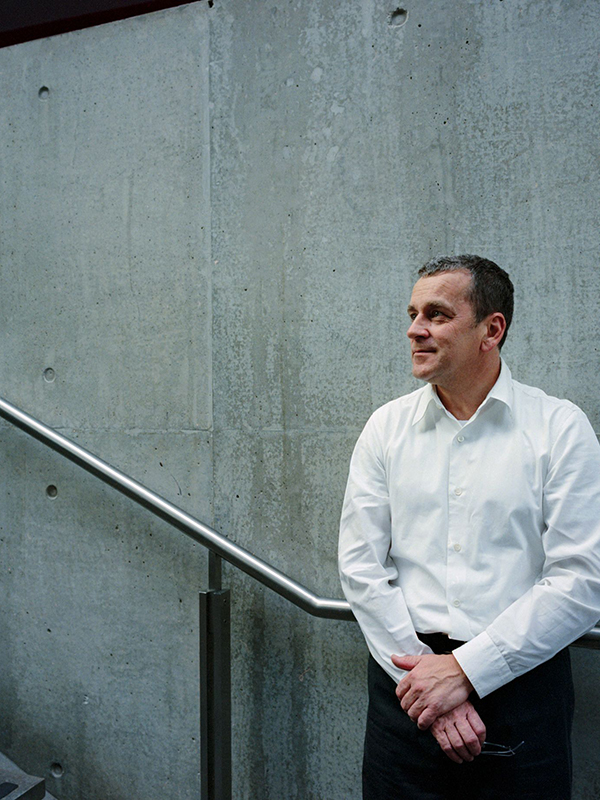A free lecture was held in Sydney on June 21 that explored international case studies in adapting older and heritage buildings to meet contemporary needs.
Presented by John McAslan, founder of international design studio McAslan + Partners (JMP), the event focused on the restoration and modernisation of one of the UK's most significant museums, The Burrell Collection in Glasgow.
JMP was architect and landscape designer for the restoration and modernisation of the Grade-A listed Burrell Collection building, which houses one of the world’s greatest private collections of 14th and 15th century art. It contains over 9,000 internationally significant medieval, Islamic, Chinese, Egyptian and French Impressionist artworks.
The landmark building was designed by Gasson, Meunier and Andresen and completed in 1983. It has been sensitively transformed to display more of the collection and better serve the museum and its visitors.

John McAslan says reinvigorating the celebrated museum was a challenge. "Along with the Hayward Gallery and the Sainsbury Centre, it is regarded as one of the most important late-Modernist cultural buildings in Britain," says McAslan.
"We knew that anything beyond straightforward renovation of the Burrell’s failing fabric and building services would be highly controversial. But we also knew that the long-term slump in the Burrell’s visitor numbers could not be reversed without a rethink about how to make the building more accessible, and curatorially sophisticated."
The design process balanced the need to preserve the building's essential character and form, while improving its relationship to the surrounding parkland and revitalising the visitor experience. This was achieved with four main interventions.
"We repaired the building’s envelope in a way that precisely matched the original materials and details, but with a greatly improved envelope performance and upcycling of existing materials wherever we could," explains McAslan.
An enhanced landscaped within the parkland setting delivers a new reception sequence, and the centre of the building has been opened up with a multi-level connective hub volume. Lastly, the design team increased the museum's gallery space by 35%, allowing items which have never been on permanent display to be shown. The museum is serviced by enhanced, low energy systems.
The Burrell Collection refurbishment took five years, re-opening in March this year, and joins JMP's diverse portfolio of projects which retain, adapt and extend what exists. "Buildings, whether grand or modest, are like chrysalises," says McAslan.
"They have the potential to be transformed into something newly productive, newly engaging, and newly individual – without abandoning their architectural genetics or original contributions."
Images: John McAslan & The Burrell Collection / Supplied

